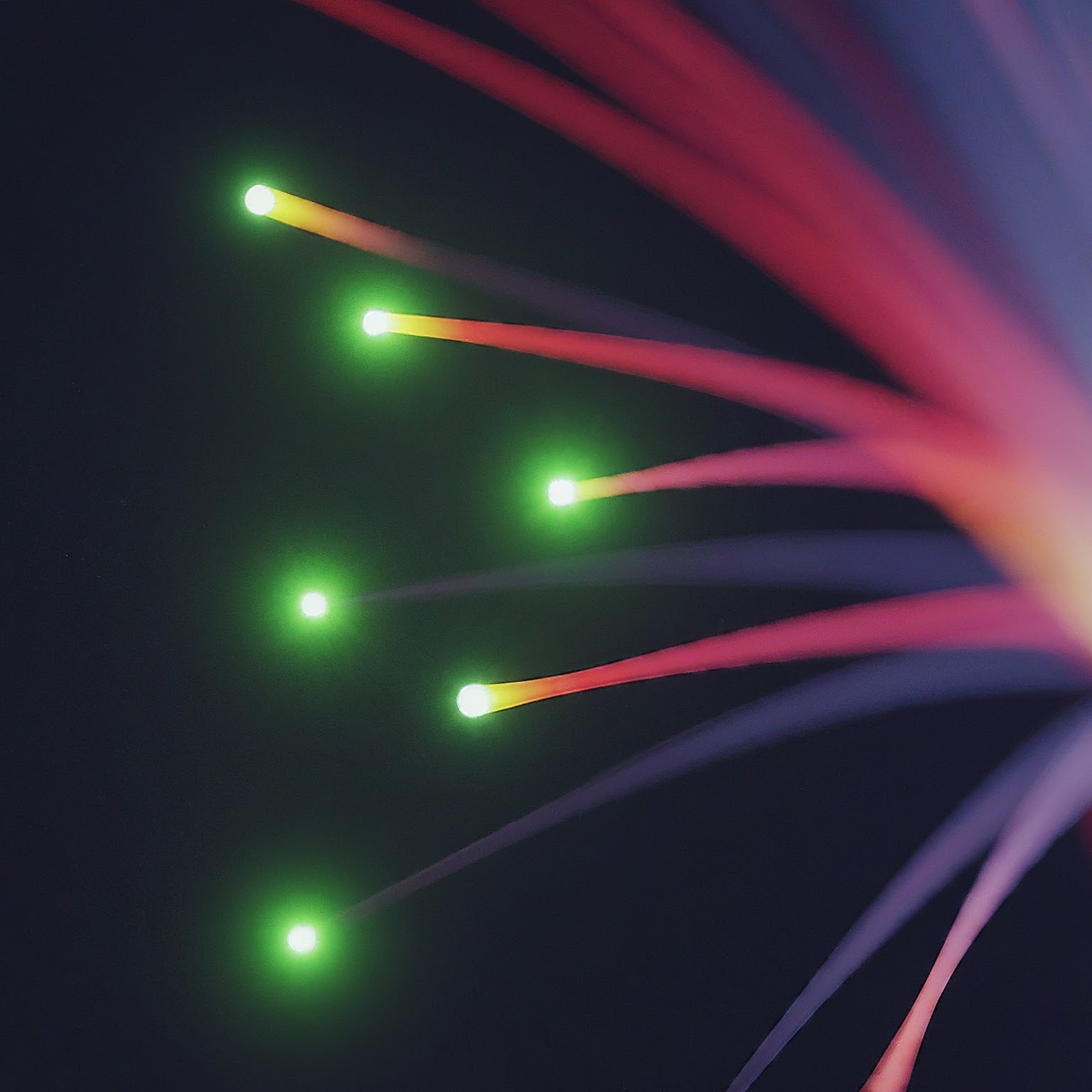The digital age demands unprecedented internet speeds to support our increasingly connected lifestyles. While traditional broadband options have improved over the years, they often fall short of meeting the growing bandwidth requirements of modern households and businesses. Enter fiber internet, a revolutionary technology that is transforming the way we connect to the world. In this article, we delve into the intricacies of fiber internet, exploring its benefits, challenges, and the potential it holds for the future.

Understanding Fiber Internet
Fiber internet is a high-speed internet connection that utilizes fiber-optic cables to transmit data. Unlike traditional copper-based internet connections, fiber optic cables transmit data as pulses of light, allowing for significantly faster speeds and more reliable connections.
- How it works: Fiber optic cables consist of thin glass strands that carry light signals. These signals are converted into data by specialized equipment at both ends of the cable.
- Speed and reliability: Fiber internet offers unparalleled download and upload speeds, often surpassing gigabit per second (Gbps) levels. Its stability and low latency make it ideal for online gaming, video streaming, and remote work.
Benefits of Fiber Internet
- Blazing Fast Speeds: Fiber internet delivers lightning-fast download and upload speeds, eliminating buffering and lag.
- Unmatched Reliability: Fiber optic cables are less susceptible to interference and weather conditions, resulting in fewer outages and a more consistent connection.
- Low Latency: With minimal delay in data transmission, fiber internet is perfect for online gaming, video conferencing, and real-time applications.
- Future-Proof: As technology evolves, fiber internet can easily accommodate increased bandwidth demands, ensuring your connection remains cutting-edge.
Challenges and Limitations of Fiber Internet
While fiber internet offers numerous advantages, it also presents some challenges:
- Availability: Fiber internet is not yet widely available in all areas, with rural and suburban regions often lagging behind urban centers.
- Installation Costs: Installing fiber optic cables can be expensive, leading to higher upfront costs for service providers.
- Construction Disruptions: The process of laying fiber optic cables may involve digging trenches, which can cause temporary disruptions to daily life.
The Impact of Fiber Internet on Society
The widespread adoption of fiber internet has the potential to transform society in several ways:
- Education: High-speed internet is essential for online learning, enabling students to access educational resources and collaborate with peers.
- Healthcare: Fiber internet supports telemedicine, remote patient monitoring, and the exchange of large medical data files.
- Economic Development: Fast and reliable internet attracts businesses and drives economic growth in communities.
- Entertainment: Fiber internet enhances the streaming experience, allowing for high-definition video content without buffering.
The Future of Fiber Internet
As technology continues to advance, the role of fiber internet will become even more critical. Several trends are shaping the future of this technology:
- Expanding Coverage: Service providers are investing in expanding their fiber networks to reach more households and businesses.
- Increasing Speeds: Fiber internet speeds are expected to continue increasing, enabling new applications and services.
- Fiber to the Home (FTTH): The trend towards bringing fiber directly to homes will accelerate, providing residents with the ultimate connectivity experience.
- Integration with Other Technologies: Fiber internet will likely be integrated with other technologies, such as 5G, to create hybrid networks with enhanced capabilities.

Conclusion
Fiber internet represents a significant leap forward in internet connectivity, offering unparalleled speed, reliability, and future-proofing capabilities. While challenges remain in terms of availability and cost, the long-term benefits of this technology are undeniable. As fiber internet becomes more widely accessible, it will undoubtedly reshape the way we live, work, and communicate.
لا تعليق